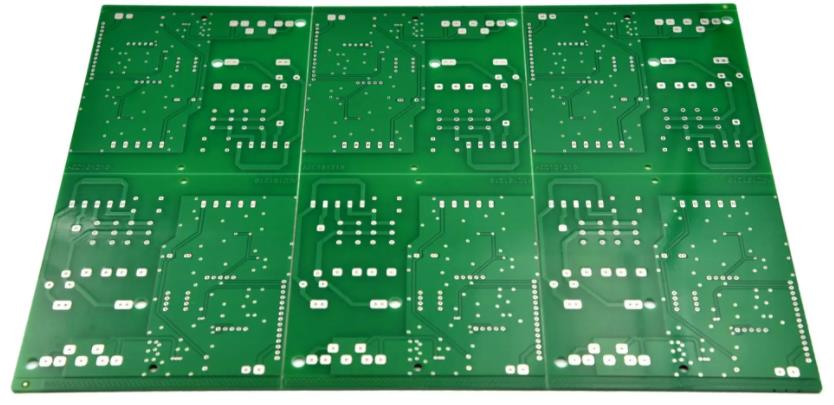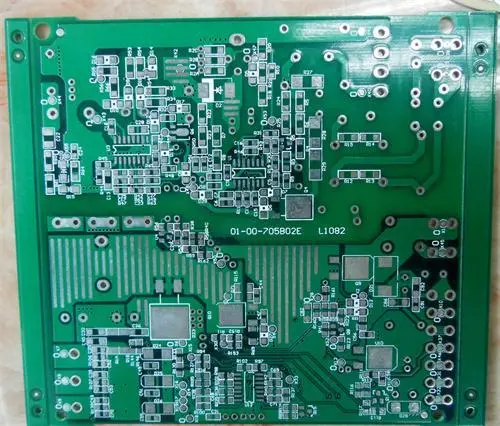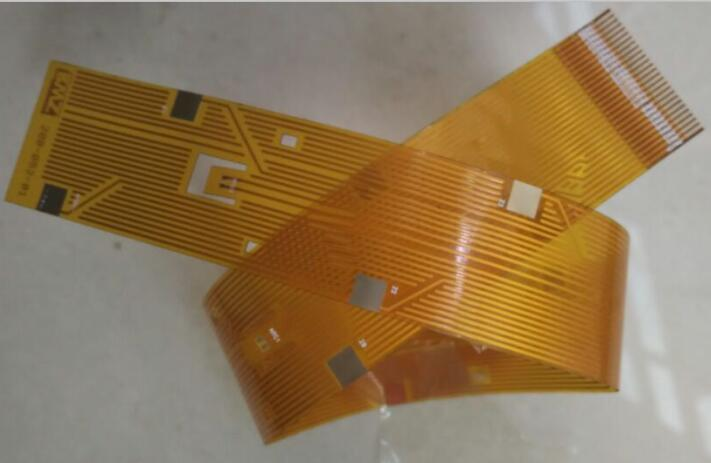
Originally designed to replace traditional wiring harnesses, flexible printed circuits have grown exponentially from the early days of World War II to today. flexible circuits offer great versatility and are ideal for SIMple to complex applICations and can handle almost any circuit board job.
What is a flexible printed circuit?
A flexible printed circuit is a lightweight circuit that easily fits into SMAller spaces and contoured shapes. However, they are not just bent PCBs. Flexible circuits have unique differences and advantages that require unique designs from innovative PCB manufacturers.
A flexible printed circuit board consists of conductive metal strips, usually made of copper, and insulated by a dielectric material or solder mask. A key function of a circuit board is to provide mechanical flex while passing electronic signals, enabling the use of smaller connectors and shielding from radiated noise from EMI.
A PCB is a substrate or non-conductive plate used to connect electronIC components to form a circuit.
There are those basic types of Flexible printed circuits
The variety of available configurations, sizes, and features highlights the versatility of flexible circuit boards. The basic types of flex circuits include single-sided circuits, double-sided circuits, and multi-layer circuits.

1. One-sided
Single-sided PCB circuits have only a single layer of metal on one side of the dielectric layer.
2. Duality
In contrast, double-sided traces have metal layers on both sides of a single dielectric layer.
3. Multilayer
In double-sided circuits, the metal layers are often connected by metallized vias. The same vias can be found on multilayer boards containing several individual copper layers encapsulated by dielectric layers.
4. Rigid and soft
A rigid-flex PCB combines components from rigid and flexible circuits to form a hybrid circuit substrate.
Benefits of Flexible Printed Circuits
Flexible electronics offer several advantages over traditional rigid boards and cables. These include more precise routing, elimination of mechanical connectors, complete design flexibility, higher circuit density, wider operating temperature range, stronger signal quality, improved impedance control and reliability, and size reduction.
Automated production eliminates human errors common in manual wiring harnesses. The flex circuit can only reach the point indicated by the design plan. Less labor is involved in the custom PCB printing process, and Flexible PCBs are expensive and time-saving to produce.
Since the freedom of the design process is not limited by two dimensions, Flexible circuit boards can be customized in various ways. This flexibility extends to the installation, allowing a third dimension of connecting channels between two or more planes.
The functionality of flexible circuit boards is improved by increased airflow, heat dissipation, and the application of high-density devices in point-to-point connections using simplified circuit geometries.

infrastructure application
Before designing a circuit, two basic structural applications will determine the choice of conductors. Static applications are applications that can be flexibly instalLED with only a flex circuit. Electrodeposited (ED) copper is typically used for this application, which is a less expensive option.
Dynamic flex applications involve dynamic flexing of flexible circuits during the daily use of the product. Clamshell phones, laptops and computer arms all require active applications using Rolled Rolled (RA) copper.
Flexible Printed Circuit Features
Single-sided and double-sided flex circuits can have reverse bar, through-hole, floating finger, and ZIF terminations. Multilayer flexible PCBs can contain up to 20 layers and handle high circuit density with multiple conductive layers, through-hole components, embedded resistors, controlled impedance and EMI shielding.
When via diameter needs to be minimized, flexible printed circuit boards use the smallest pitch and component size to improve signal integrity, electrical performance, and thermal performance.
Flexible designs can also use the same high-density components in a rigid PCB by using blind or buried vias to route signal lines out of high-density areas of the device. Controlled impedance is significantly improved with fast signal switching, fast transitions and high clock rates. Signal transmission in all PCBs requires laminates with uniform thickness and electrical signals.
Films provide protective shielding to reduce noise and control signal line impedance, while stiffeners enhance flexible circuits where components require durability and mounting support.

Flexible printed circuit board Materials
Flexible printed circuit boards are composed of materials similar to other PCBs. All circuits require metal conductors for power, and copper is the most commonly used material in PCBs. Copper coMES in a variety of thicknesses to suit different preferences. Other conductor options include aluminum, silver ink, carbon and constantine.
Adhesives bond the layers of the printed circuit board together. The specific material depends on the user and conductor thickness requirements, but all bonds must remain strong over the operating temperature range. Standard adhesives used in flexible PCBs include epoxy, acrylic or pressure sensitive adhesives.
The insulator encapsulates and separates the circuit with a flexible substrate and cover material. Polyamides, polyesters, solder masks, and dielectric materials all often act as insulators for flexible printed circuit boards.
A complete PCB has the finishing touch at the end of the assembly process and can be customized to consumer preferences and circuit functionality. Standard finishes applied to the final product include solder, tin, nickel, gold, silver or carbon.
But are printed circuit boards toxic? Burning plastics and metals in PCBs releases toxins such as furans and dioxins, which means circuit boards in landfills can end up polluting groundwater if not recycled properly.
However, you can quickly repair a damaged PCB to restore its original function or recycle it in a completely different device.
Advanced Features
Since its invention, flexible circuit boards have come a long way. As the flexible PCB MARKet expands, advances in technology allow advanced features to be included in circuit designs. Advanced features include heat sinks to dissipate heat away from sensitive areas and additional components for extended mounting capabilities and protection.
As signal switching speeds increase, better impedance control is required. Advanced impedance traces minimize electrical reflections to prevent errors during transitions between interconnects and control cables when optimizing.
Other features are also available, including crimp pins, graphic overlays, laser cut slots, engraved flex circuits, shields, flex heaters and stiffeners. With so many possibilities, there is a flexible circuit board to suit every need.
然后
联系
电话热线
13410863085Q Q

微信

- 邮箱











